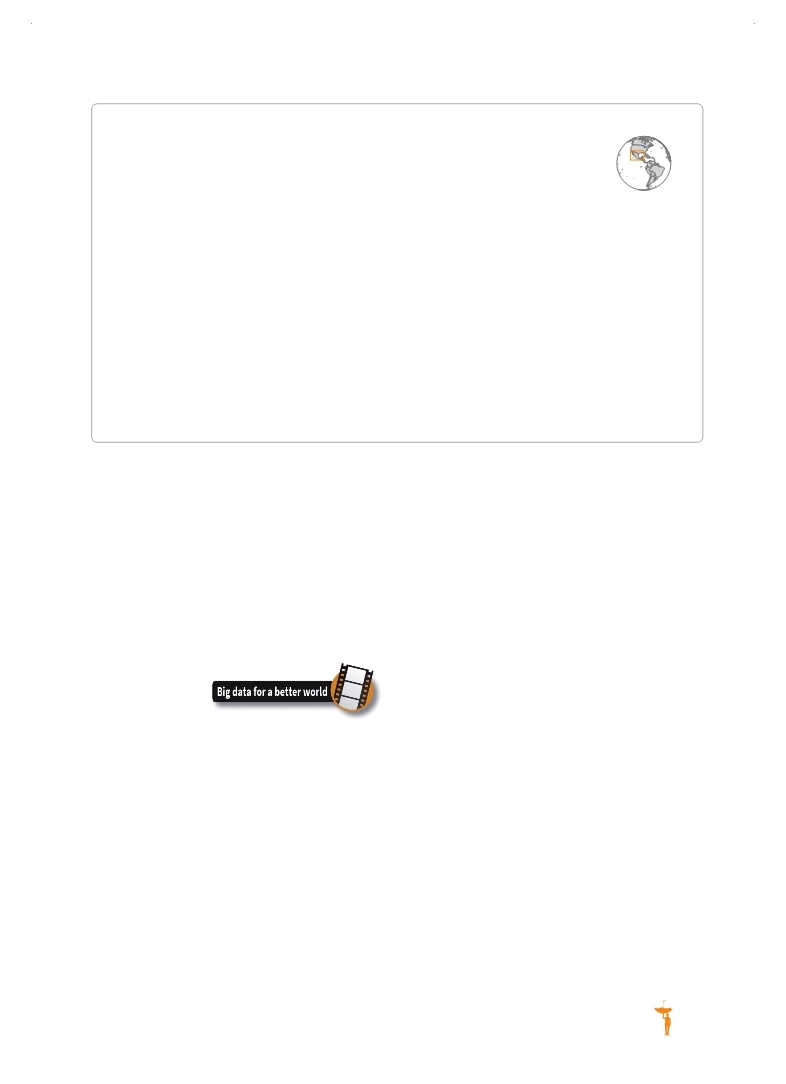 |
Global Assessment Report on Disaster Risk Reduction 2015
Making development sustainable: The future of disaster risk management |
 |
Global Assessment Report on Disaster Risk Reduction 2015
Making development sustainable: The future of disaster risk management |
|
|

157
In 1985, the Michoacán earthquake hit Mexico City, leaving an estimated 10,000 dead and 30,000 people injured. The disaster raised awareness of earthquake risk and generated interest in the feasibility of earthquake early warning. The primary seismic source for earthquakes that affect Mexico City is the Guerrero Fault along the Pacific Coast of Mexico. Given the time it takes seismic waves to reach Mexico City from the coast, it is possible to provide early warnings that allow people a minute or more to move to a safer area in a building or in some cases to evacuate.
Operated by CIRES, the Seismic Alert System of Mexico City was established in 1991, and a similar system (SASO) was set up in Oaxaca in 2003. These two systems are now part of the Mexican Federal Government’s Seismic Early Warning System (SASMEX). Seventy-six seismic monitoring stations are now located along the Guerrero Fault, and warnings are provided to a number of important cities. SASMEX issues two types of warning: “public” or emergency warnings for the risk of high-intensity movements and “preventive” or alert messages for moderate intensity-movements. Since its creation, SASMEX has issued 34 emergency warnings and 72 alert messages. For example, in 1995, a 7.3 magnitude earthquake occurred 300 km away from Mexico City. An emergency warning was issued 72 seconds before the seismic waves shook the city, facilitating the partial evacuation of public buildings, schools, residential buildings and public transport systems. An estimated 2 million people were reached by the warning and acted upon it. alerts are dispatched through cell broadcasting, which is immune to network congestion, while messages to certain groups are sent via SMS. The alerts are sent in three local languages and can be received by both smartphones and basic handsets, or by an alarm device with a lamp and siren for public spaces (GSMA, 2013
GSMA (Groupe Speciale Mobile Association). 2013,Mobile Network Public Warning Systems and the Rise of Cell-Broadcast, January 2013. London.. . Purasinghe, Harsha. 2014,DEWN - Disaster & Emergency Warning Network, GSM Based Disaster Alerting. University of Moratuwa.. . Mobile phones are increasingly being used to disseminate weather and climate forecasts to farmers, to provide information on market prices, to access markets and even to take out insurance.4 These changes are radical given that the communication of early warning information to remote, rural hazard-exposed communities was described as a major challenge as recently as 2006.5
These technological leaps have transformed and will continue to transform the landscape of early warning systems. New technologies and
enhanced trans-boundary cooperation for hazard monitoring, forecasting and early warning are continuing to emerge (
 WMO, 2014a WMO, 2014a WMO (World Meteorological Organization). 2014a,Synthesis of the Status and Trends With the Development of Early Warning Systems, Background Paper prepared for the 2015 Global Assessment Report on Disaster Risk Reduction. Geneva, Switzerland: UNISDR.. WMO (World Meteorological Organization). 2014a,Synthesis of the Status and Trends With the Development of Early Warning Systems, Background Paper prepared for the 2015 Global Assessment Report on Disaster Risk Reduction. Geneva, Switzerland: UNISDR.. Click here to view this GAR paper.  Chelidze, 2013 Chelidze, 2013 Chelidze, T. 2013,Real Time Telemetric Monitoring/Early Warning System of Large Dams, Input Paper prepared for the 2015 Global Assessment Report on Disaster Risk Reduction. Geneva, Switzerland: UNISDR.. Chelidze, T. 2013,Real Time Telemetric Monitoring/Early Warning System of Large Dams, Input Paper prepared for the 2015 Global Assessment Report on Disaster Risk Reduction. Geneva, Switzerland: UNISDR.. Click here to view this GAR paper.  Molinari et al., 2013 Molinari et al., 2013 Molinari, Daniela, Francesco Ballio, Nicola Berni and Claudia Pandolfo. 2013,Towards more effective Early Warning Systems: The Italian Experience, Input Paper prepared for the 2015 Global Assessment Report on Disaster Risk Reduction. Geneva, Switzerland: UNISDR.. Molinari, Daniela, Francesco Ballio, Nicola Berni and Claudia Pandolfo. 2013,Towards more effective Early Warning Systems: The Italian Experience, Input Paper prepared for the 2015 Global Assessment Report on Disaster Risk Reduction. Geneva, Switzerland: UNISDR.. Click here to view this GAR paper. Crowdsourcing platforms and initiatives such as OpenStreetMap and Ushahidi facilitated the engagement of thousands of volunteers and experts during the 2010 Chile and Haiti earthquakes and the floods in Pakistan; these innovations are also challenging conventional assumptions about early warning systems (Keim and Noji, 2011
Keim, Mark E. and Eric Noji. 2011,Emergent use of social media: a new age of opportunity for disaster resilience, American Journal of Disaster Medicine, Vol. 6, No. 1 (January/February): 47-54.. . Box 8.3 Earthquake early warning in Mexico
(Sources: Cuéllar et al., 2010
Cuéllar, Armando, Samuel Maldonado, and J.M. Espinoza Aranda. 2010,Sistema de Alerta Sísmica para la Ciudad de México, Revista Digital Universitaria, Vol. 11, No. 1, ISSN: 1067-6079.. . |
 
Page 1Page 10Page 20Page 30Page 40Page 50Page 60Page 70Page 80Page 90Page 100Page 110Page 120Page 130Page 140Page 147Page 148Page 149Page 150Page 151Page 152Page 153Page 154Page 155Page 156Page 157Page 158->Page 159Page 160Page 161Page 162Page 163Page 164Page 165Page 166Page 167Page 168Page 169Page 170Page 171Page 180Page 190Page 200Page 210Page 220Page 230Page 240Page 250Page 260Page 270Page 280Page 290Page 300Page 310
|
|
 
|
 
|
